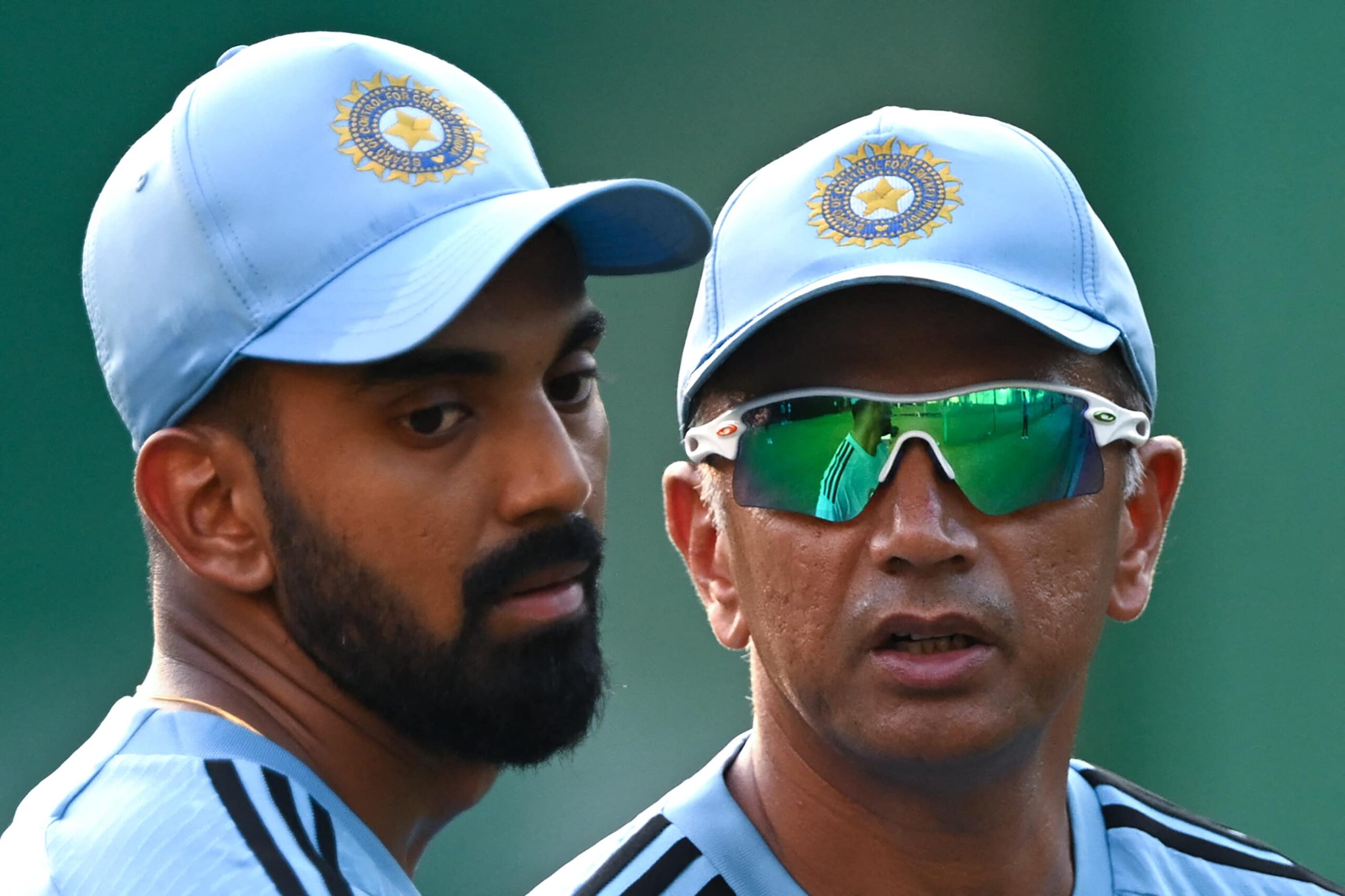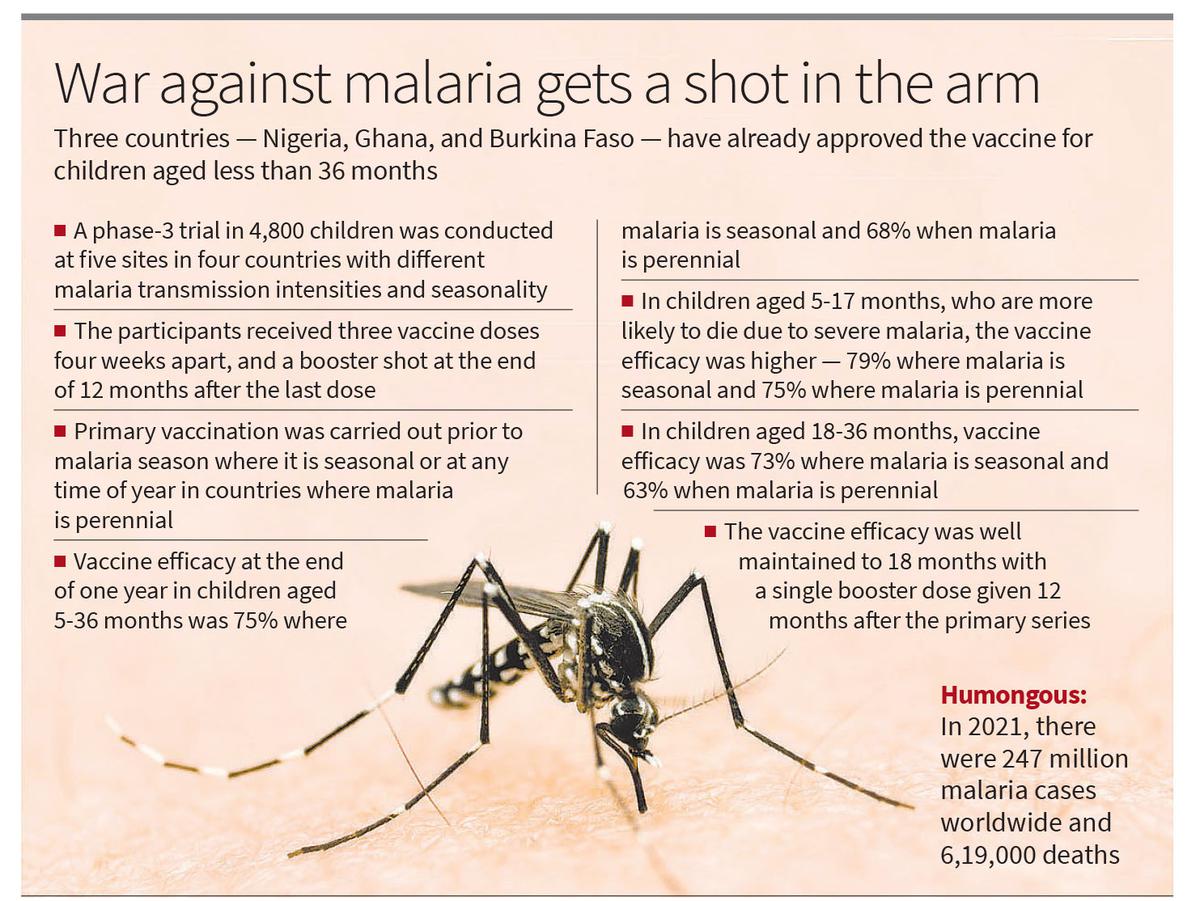Amid the hectic activity at the Indian Space Research Organisation ahead of its NISAR satellite launch, the space docking experiment (SPADEX), the Gaganyaan mission and Chandrayaan-4, The Hindu spoke to ISRO Chairman S. Somanath in his Bengaluru office. Excerpts:
What is unique about NISAR (NASA-ISRO Synthetic Aperture Radar) satellite? We have built the satellite. We are going to launch it from Sriharikota. The control is ours. In what way will NISAR benefit India and the U.S.?
This is a Synthetic Aperture Radar satellite with two bands. One is S-band and the other is L-band. The S-band payload has been made by the ISRO and the L-band payload by the U.S. The U.S. will contribute the large deployable antenna. This being a dual band polarisible radar, it can do a lot of things. First, because it has a large deployable antenna with an 18-metre diameter, it has a very high swath. It can fully cover the earth in approximately 14 to 15 days, in radar. It can monitor various aspects in very high resolution.
For example, it can monitor the tectonic movements to centimetre accuracy. It can do measurement of water bodies accurately. It can look at water stressing on the earth, wherever there is deficiency of water. It can ground-penetrate to a certain depth. It is capable of monitoring the vegetation cover and snow cover. It, therefore, basically looks at the whole of the earth in terms of surface, water, greenery and all of that. It measures accurately and gives repetitive, full coverage of the earth two times a month. It means it is capable of a lot of observation and this data will be available to both India and the U.S.
We can study the water-stressing, climate change-related issues, agricultural changes through patterns, yield, desertification and continental movements precisely with respect to annual water cycle movements. It can measure tectonic plate movements accurately. So a lot of geological, agricultural and water-related observations can be obtained from this satellite. It is one of the fundamental uses.
You said its radars can penetrate the ground to a certain depth. Will they locate archaeological sites buried underground?
No. That needs a radar which is close to the surface. This is monitored from such a height. So it can go only to a certain depth and give information related to water and moisture. Not a very deep penetrating [radar].
Will the NISAR launch take place in July?
There are some issues with the satellite. It is supposed to go in July but it may go only in October-November.
What exactly is the problem?
I cannot tell you because it is on the spacecraft on the US side. They wanted to do some corrections. So they have taken it back.
What are the features of Chandrayaan-4, which will be a sample-return mission?
Chandrayaan-4 is currently a concept we are working on. It is part of a series of missions we are proposing that we should do before we land on the moon with a man. Since we have made a plan to land on the moon by 2040, Chandrayaan-4 is one of the many such missions with which we are trying to explore the moon.
So we looked at what Chandrayaan-4 should do. The first thing that came to our mind was that we should bring back samples from the moon. If we have to bring back samples, it is not only going there but it has to come back and reach the earth safely. It is almost twice the work of Chandrayaan-3. We do not have a rocket capable of taking such a satellite [to the moon]. So we have devised a new method by which Chandrayaan-4 [spacecraft] can go there, drill, take samples and bring them back to the earth. This concept has already been developed. The detailed design of Chandrayaan-4 is currently going on. We have to go to the government to seek approval.
What about Chandrayaan-5?
We are proposing that there should be a series of missions because when you have to ultimately reach the moon with a human being. Multiple missions are required to be done. Each of them will have a different objective. Right now, I cannot discuss all of them.
The Chinese sent a spacecraft to the moon some days ago to bring back lunar soil samples…
I have nothing to say about it.
When will you do the Spadex (space docking experiment, which will entail two satellites docking in space)?
We are targeting this year.
What have you done so far in the project?
We have realised the satellites. Currently, we are going through testing and docking on the ground. Everything has been successful. The entire mechanism – computers and everything – is finally getting ready. It will go through assembly, testing and a flight model. Then it will go for a launch. We target it this year-end.
So it [Spadex] will be a precursor to ISRO building a space station.
Docking is one of the technologies required to be demonstrated – autonomous docking. That is why we are launching this mission.
The U.S. has invited an Indian astronaut to fly to the International Space Station (ISS). Of four astronaut-candidates selected for the Gaganyaan mission, will you send one of them to the ISS?
Yes. That is our plan. One of them should fly [to the ISS]. We are planning to have that this year – in 2024 – itself.
At what stage is the Gaganyaan project? You had earlier spoken about a series of tests to be conducted before the ISRO will send its astronauts to outer space.
Right now, in the Gaganyaan project, helicopter air drop test work [of the crew module] is going on at Sriharikota. So all of them are there now. Any day, the drop will happen. That is one of the many tests to demonstrate the parachute system under off-nominal conditions. So we have to demonstrate failures – different types of failures — and check whether everything will still work. That is what is expected of the helicopter test.
Right now, we are getting ready for the unmanned mission. We call it Gaganyaan G-1. The abort test-02 – the second test – will also take place. The third item is called Pad Abort Test (PAT). So three different works are going on. There is IADT (Integrated Air Drop Test). We want to complete four items this year. All of them are going on parallelly.
Is the training of four astronaut-candidates still going on in Bengaluru? They had completed their training near Moscow.
Now we have to send them to the U.S.
How about Sukhrayaan project? Will the ISRO send a probe to Venus?
We have completed all the designs, all the configurations. We are seeking approval from the Government.
Is ISRO working on any new application areas for satellites?
There are plenty. I cannot discuss them as many of them are in the process of being worked out. I will tell you only what has been announced. One of them is related to the space station we are working on. It is called Bharatiya Antariksha Station. Its design work is currently going on. We will try to launch the first module by 2028. That is our target. For that, we are working on all the related technologies. The second area of work is a new rocket called the NGLV (New Generation Launch Vehicle). We have named it Surya. We have completed that rocket’s design. The project report is ready. That again, we are seeking approval from the government. The teams are already in place to work.
On the satellite side, there are plenty of things. The first one is we are trying to launch a quantum key distribution satellite. That has already been approved.
Another satellite we are working on is software-defined radio satellite. It is basically a communication satellite. We want to build a constellation of satellites for aircraft monitoring, called ADS. It can receive signals from all aircraft flying in the Indian airspace and help our airport authorities manage the air traffic. We have recently tested the payload in one of the satellites. We will be building the satellites, based on the money that will come from the users. We have many other satellites proposed by Ministries and departments. They involve Resourcesats and Cartosats. The Cartosats are high-resolution satellites. Resourcesats are especially meant for imaging the earth.
We have already launched Oceansat-3. We are supposed to build and launch the next version. So that work is under way.
We are building a satellite called IDRSS (the Indian Data Relay Satellite System). It is basically meant for Gaganyaan purpose because when the Gaganyaan crew module goes around the earth, we need to establish communication with that [the crew module] from India. We need a satellite for that purpose. It has to be placed away from India. When Gaganyaan is not there, we can use it for communication between Antarctica and India for data transmission. The spacecraft is under assembly.
We have another satellite called Technology Development Satellite, TDS-01, which is meant for demonstrating full electric propulsion for communication satellite purposes. It will be launched this year.








